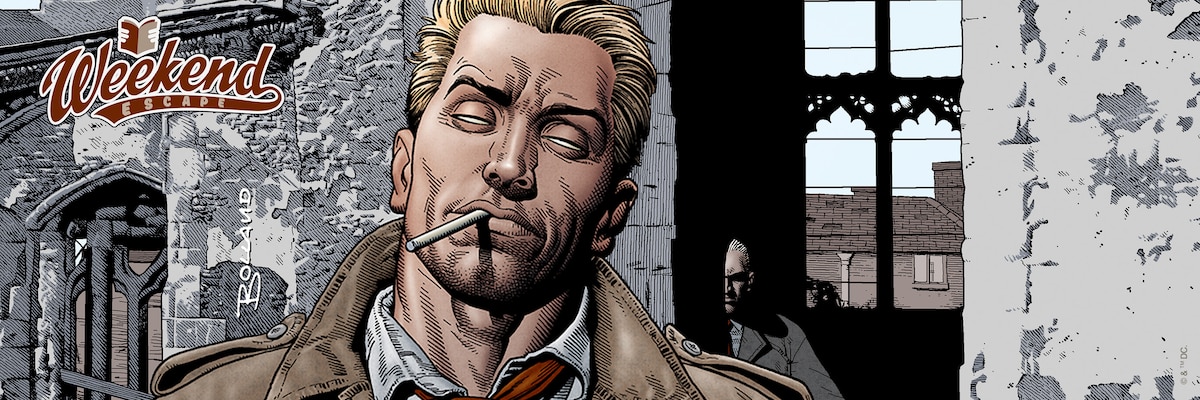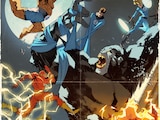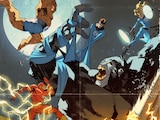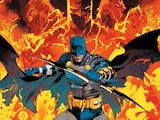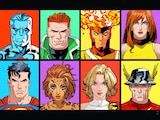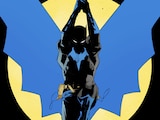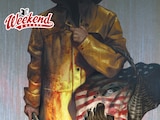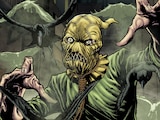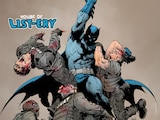As soon as the temperatures cool each year, I reach for my favorite DC horror stories. DC is home to just about every type of terror you can think of, much of which can be found in the long-running Vertigo series, Hellblazer. For this Weekend Escape, let’s descend into the depths of Thatcher-era Britain.
Following the misadventures of occult detective and sometime warlock John Constantine, Hellblazer burst onto the scene in 1988 with a haunting look at contemporary Britain. For much of this long-running series, its deepest scares didn’t come from otherworldly beings, but from the truths society was too afraid to acknowledge. One such storyline, “The Family Man,” which is collected along with a few other excellent issues in Hellblazer: The Family Man, showed off the title’s importance as a snapshot of late twentieth century British life, while containing some of the most disturbing moments ever committed to the pages of DC Comics.
The Premise:
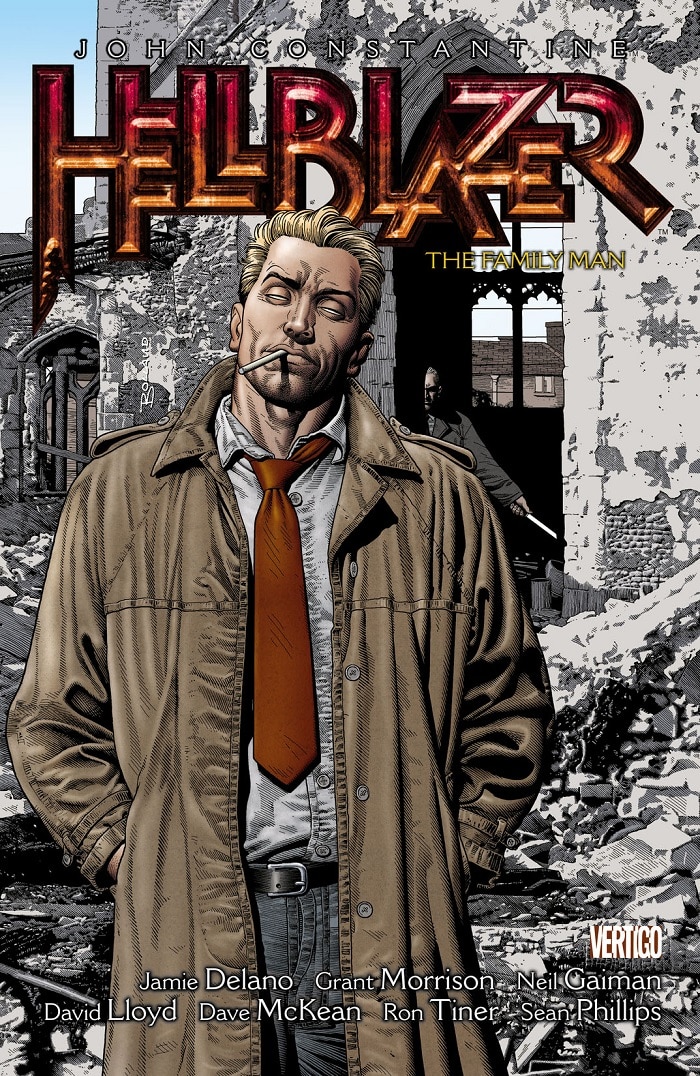
The premise of “The Family Man” is deceptively simple: Constantine goes after a serial killer who targets families in quiet suburban towns. It may sound like the plot of a typical procedural story, yet it’s anything but. We discover that unknowingly, Constantine had welcomed the serial killer into the home of his friend. The two got along and Constantine is haunted by this interaction after he finds out who the man actually is—the Family Man.
As a bonus, the story is interrupted by three issues penned by two of comics’ greatest writers, Grant Morrison and Neil Gaiman, each offering their own take on Hellblazer’s particular brand of horror. Grant Morrison and David Lloyd’s two-chapter story follows Constantine to a small remote village where an American nuclear power plant looms. All hell breaks loose during an annual masked carnival parade. Likewise, Neil Gaiman and Dave McKean’s Hellblazer #27 is a ghost story set in a tower estate.
Let’s Talk Talent:
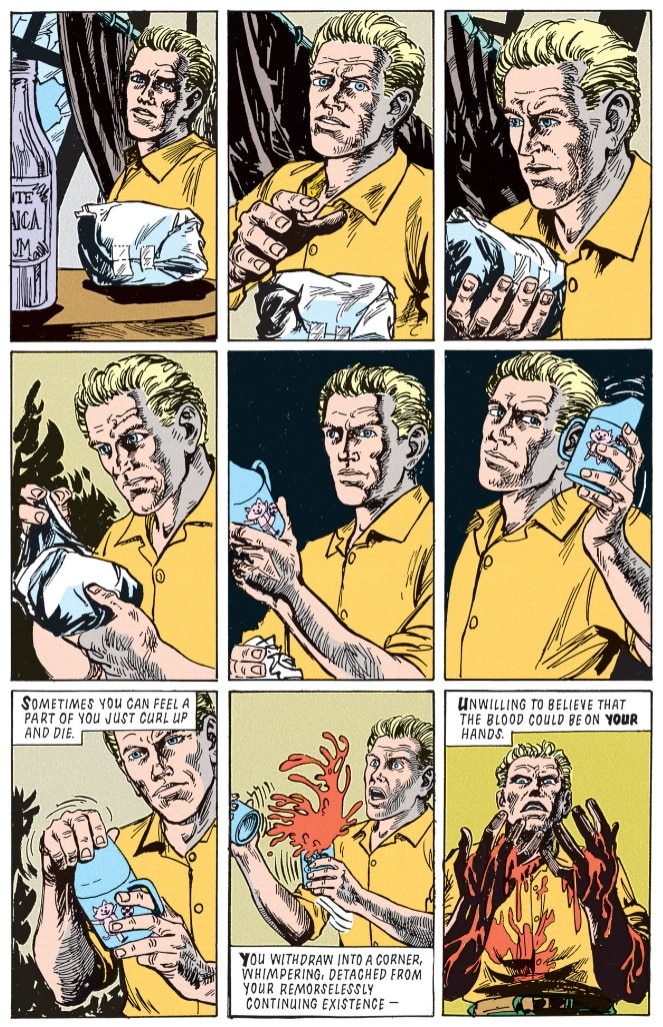
“The Family Man” is part of Jamie Delano’s defining run on Hellblazer. While Morrison and Gaiman are practically household names, Delano is an underrated writer responsible for crafting many of Constantine’s earliest stories and much of his persona. He remains one of the finest writers on Hellblazer, balancing the suspense of a serial killer story here with the series’ own sickening brand of horror. The artists are rounded out by Ron Tiner, Kevin Walker, Mark Buckingham and more.
Unsurprisingly, Dave McKean’s art on issue #27 is a high point of the collection. McKean is best known for illustrating the Batman story, Arkham Asylum: A Serious House on a Serious Earth and creating gorgeous covers for The Sandman. However, McKean’s art in Hellblazer #27 is dramatically different from the mixed media pieces he is so famous for. The work done by McKean and the other artists in Hellblazer: The Family Man hammers home just how special the British Invasion of comics in the 1980s and ’90s was.
A Few Reasons to Read:

- Hellblazer: The Family Man acknowledges a truth about stories involving the supernatural: regular people will always be scarier than demons or monsters. That’s why this story is so haunting. While Constantine is no stranger to supernatural creatures, here he is stuck with confronting the evil that men do, rather than being distracted by something that isn’t human.
- Constantine is one of the most dysfunctional characters in comics and he knows it. Hellblazer: The Family Man captures him at the center of a string of horrific murders that he feels responsible for. Delano’s writing highlights what makes him such a compelling character to begin with: he’s an imperfect man living in a world that could sorely use some superhero perfection. John Constantine will never measure up to a hero like Superman, and the question of whether or not he can rise above his own flaws is satisfying drama.
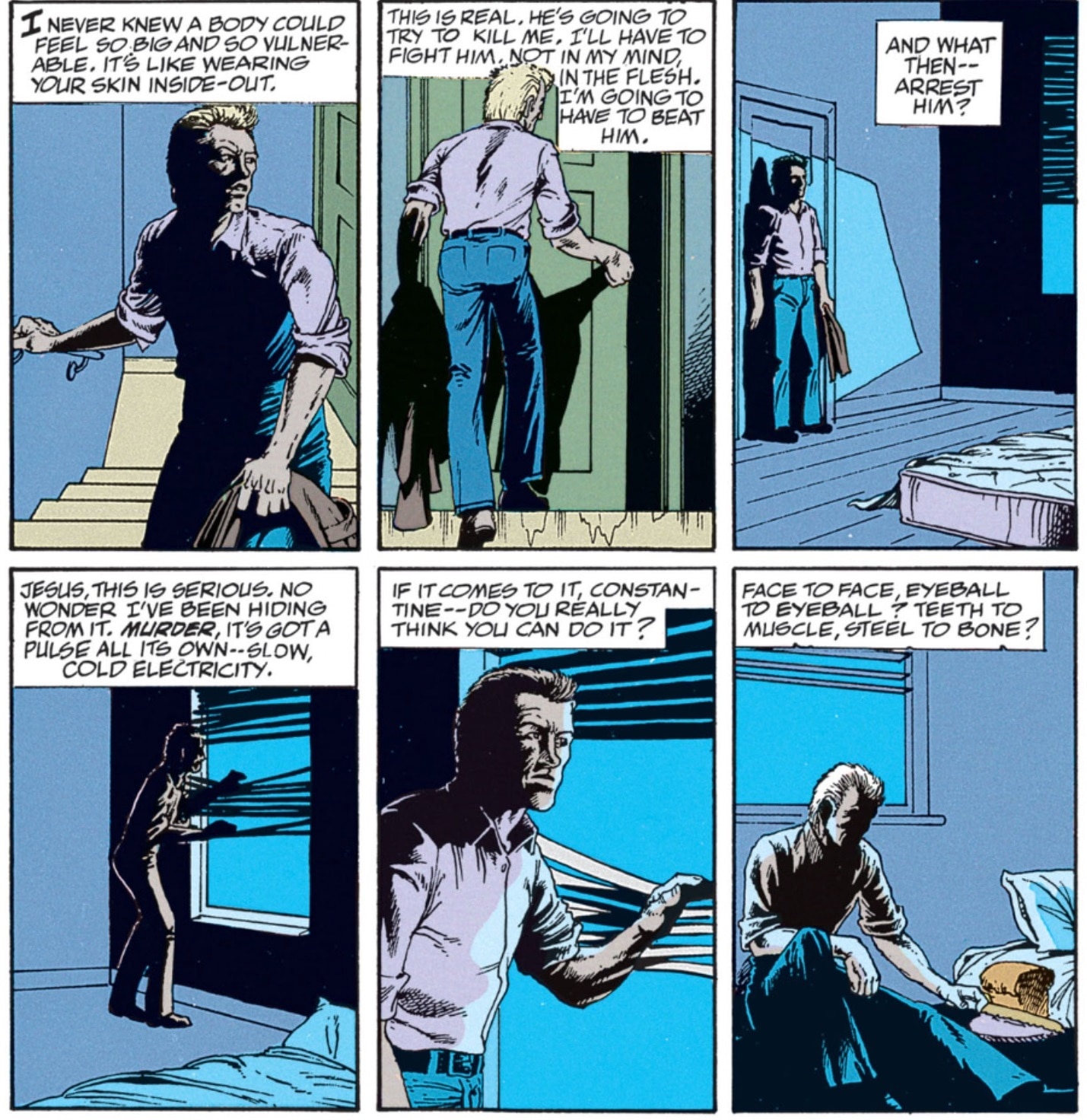
- The graphic novel features several places that actually exist in London. Constantine bounces around different landmarks in the neighborhood of Peckham, adding a sense of realism to the story that differs from the rest of the DC Universe. Instead of taking place in fictional cities like Metropolis, Gotham City or Star City, Hellblazer: The Family Man uses real world locations to add plausibility to its events.
- The iconic noise rock band, Sonic Youth, plays a pivotal role in saving John Constantine’s life in Hellblazer: The Family Man. Without spoiling the story, I can’t say much more than that, but it’s a glorious moment that pays tribute to one of the best indie rock bands at the time.
- Issue #27 by Neil Gaiman and Dave McKean, called “Hold Me,” is one of the most beloved stories ever published at Vertigo. In the midst of a story arc that’s often upsetting and violent, the simple empathy underlying “Hold Me” is a necessary reprieve. Its last two pages are ones you will never forget.
Why It’s Worth Your Time:
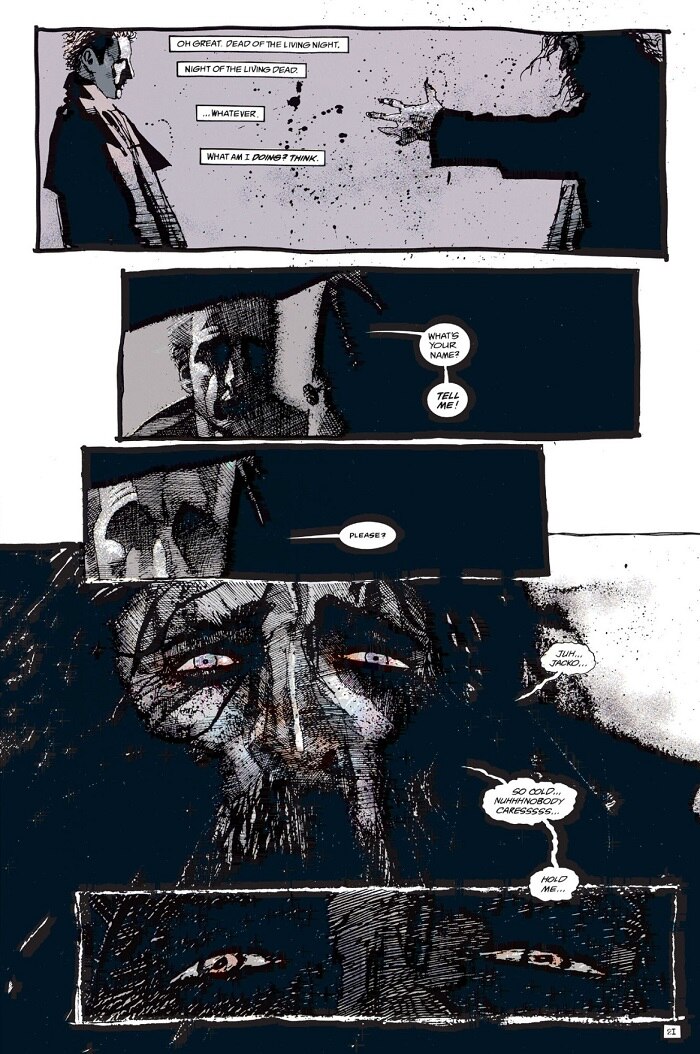
If you’re sick of typical superhero stories, or are looking for something disturbing but not gratuitous, Hellblazer: The Family Man is a perfect story that will chill your bones and occasionally warm your heart. It is born from one of the most creatively rich periods in comic book history and still feels fresh in 2023. I guarantee that it isn’t like anything you’ve read before, and if it reminds you of another comic book, it’s likely that that book was inspired by Hellblazer. So go ahead and curl up with this haunted piece of literature—just remember to lock the doors.
Hellblazer: The Family Man by Jamie Delano, Grant Morrison, Neil Gaiman, David Lloyd, Dave McKean, Ron Tiner and Sean Phillips is available in bookstores, comic shops, libraries and on DC UNIVERSE INFINITE.
Jules Chin Greene writes about comics for DC.com, and his work can also be found at Nerdist, Popverse and Multiverse of Color. You can follow him on Twitter and Bluesky at @JulesChinGreene.
NOTE: The views and opinions expressed in this feature are solely those of Jules Chin Greene and do not necessarily reflect those of DC Entertainment or Warner Bros., nor should they be read as confirmation or denial of future DC plans.
